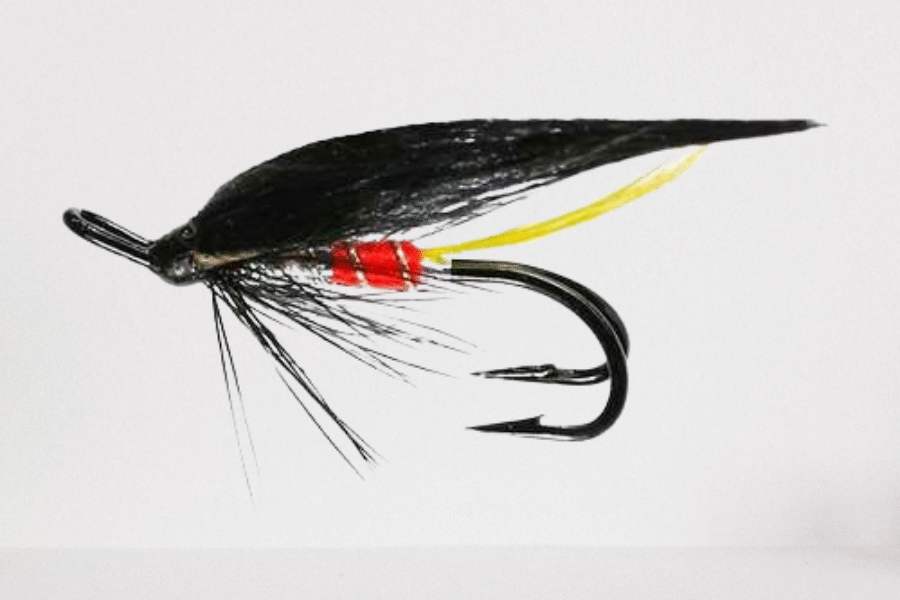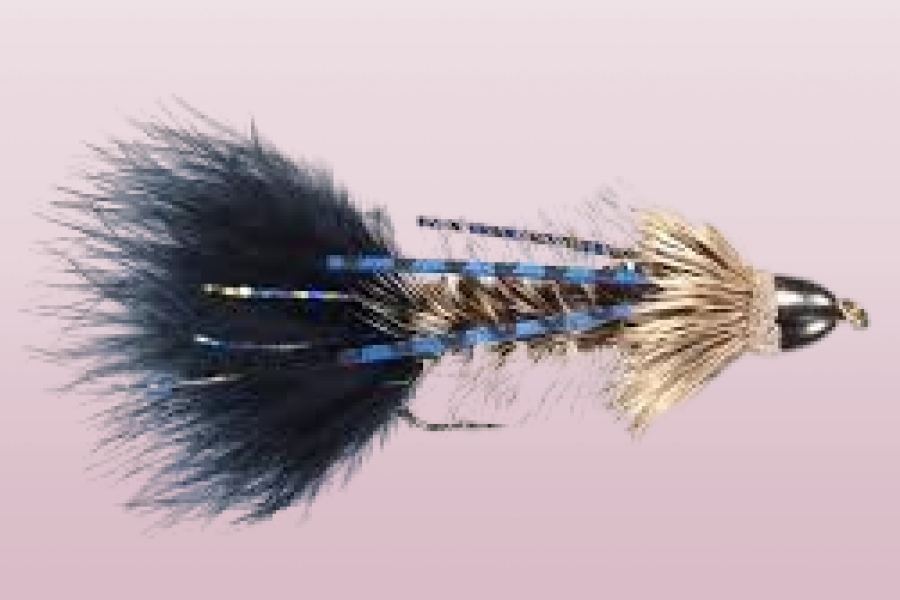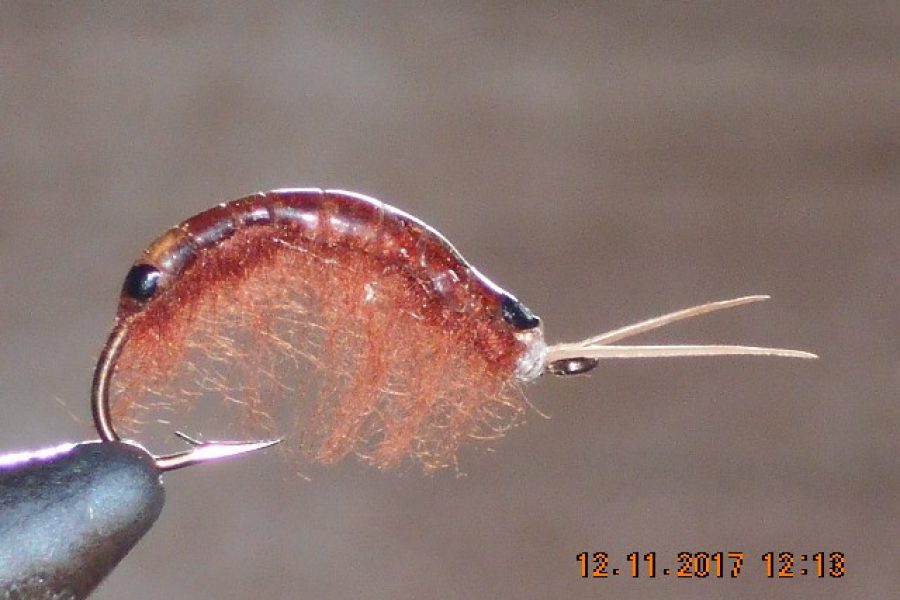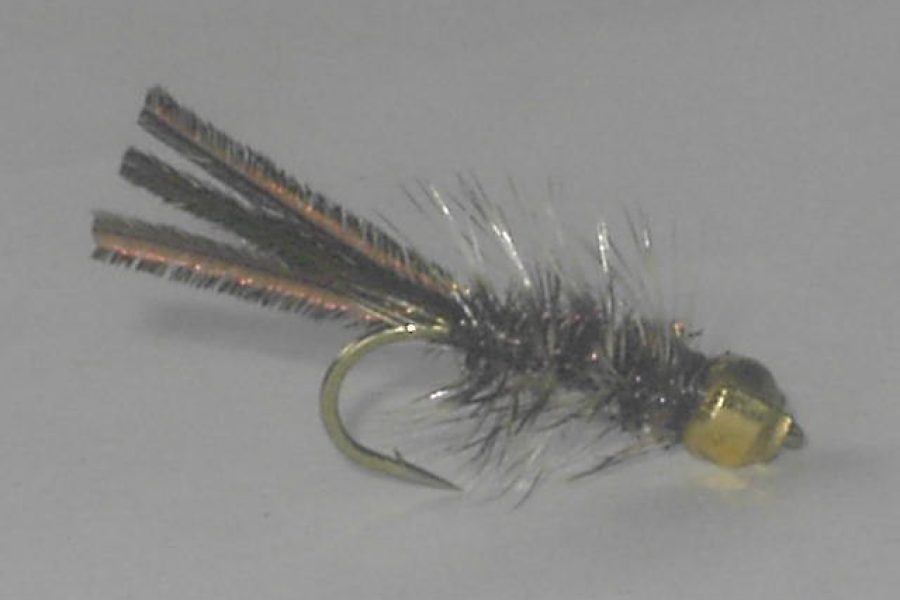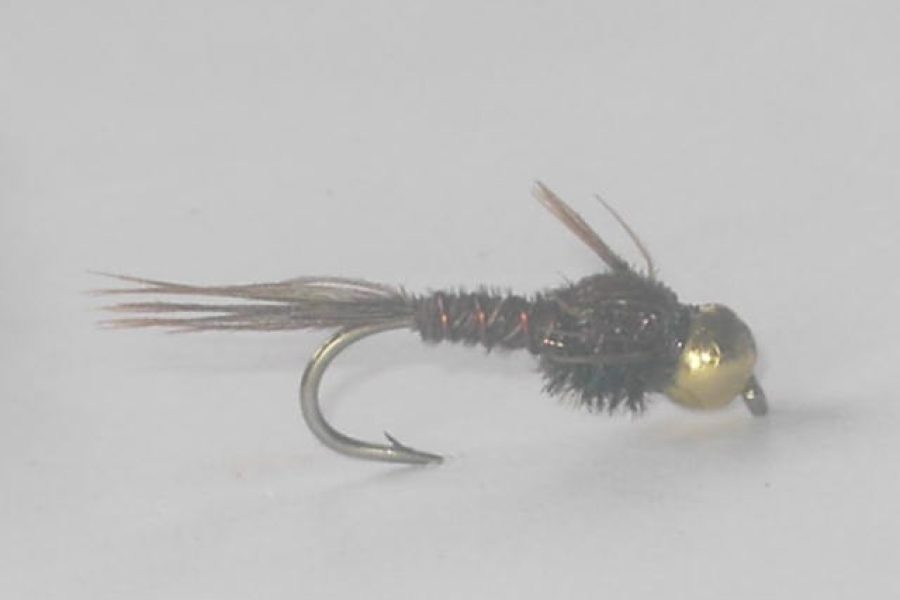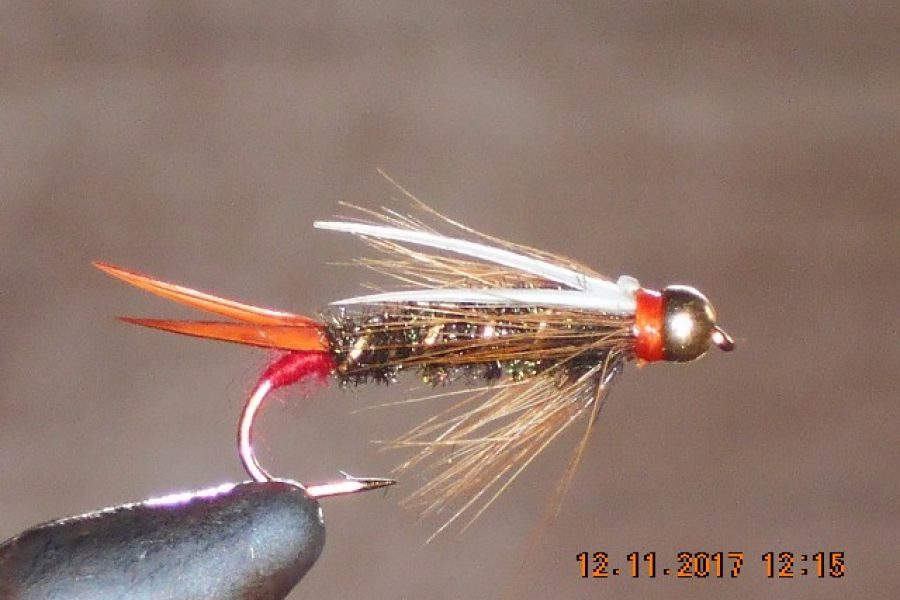Description
The Holo Midge fly represents a masterful evolution in modern midge patterns, combining innovative holographic materials with precise imitation of natural midges. This sophisticated pattern has established itself as a highly effective choice for selective trout, particularly in clear water conditions.
Historical Origins and Development The Holo Midge emerged as an enhancement of traditional midge patterns, incorporating modern holographic materials to create enhanced visibility and attraction. This contemporary adaptation maintains essential characteristics while adding significant technical advantages.
Key Historical Developments:
- Traditional midge foundation
- Holographic innovation
- Material evolution
- Pattern refinements
- Modern adaptations
- Technical improvements
- Contemporary variations
Design Philosophy and Innovation The pattern’s design reflects deep understanding of:
- Modern fishing techniques
- Midge behavior
- Water dynamics
- Light penetration
- Movement characteristics
Premium Materials and Construction Traditional Materials:
- Quality hooks
- Tungsten beads
- Selected dubbing
- Natural materials
- Quality threads
Modern Adaptations:
- Holographic tinsel
- Enhanced durability
- Advanced weighting
- Specialized hooks
- Innovative materials
Technical Specifications
Hook Configuration:
- Style: Standard or jig
- Sizes: 18-24 (standard)
- Strength: Fine wire
- Finish: Black nickel
- Point: Sharp
Body Construction:
- Thread: 8/0 black
- Bead: Tungsten
- Body: Holographic tinsel
- Ribbing: Fine wire
- Profile: Slim
Fishing Applications
Water Types:
- Spring creeks
- Tailwaters
- Clear streams
- Deep runs
- Various conditions
Seasonal Effectiveness:
Spring:
- Early season hatches
- Cold water situations
- Variable depths
- Multiple presentations
- Technical fishing
Summer:
- Clear water techniques
- Morning/evening fishing
- Bright conditions
- Surface film
- Deep running
Fall:
- Pre-winter feeding
- Changed water
- Selective fish
- Multiple depths
- Various speeds
Advanced Fishing Methods
Presentation Techniques:
- Technical Nymphing
- Tight line control
- Contact nymphing
- Depth management
- Line mending
- Angle adjustments
- Modern Adaptations
- Dry-dropper rigs
- Multiple fly rigs
- Indicator nymphing
- Deep presentations
- Suspension techniques
Water Reading and Strategy
Key Factors:
- Current speed
- Depth evaluation
- Structure location
- Temperature
- Light conditions
Strategic Approaches:
- Entry point selection
- Drift planning
- Coverage patterns
- Depth control
- Speed adjustment
Environmental Adaptations
Light Conditions:
- Bright sunshine
- Overcast days
- Early morning
- Evening light
- Low light effectiveness
Water Clarity:
- Crystal clear
- Slightly colored
- Stained water
- Post-rain
- Variable visibility
Modern Variations
Size Adaptations:
- Standard sizes
- Micro versions
- Custom ties
- Situation-specific
- Water-matched
Pattern Variations:
- Traditional style
- Modern materials
- Hybrid designs
- Color adaptations
- Seasonal options
Technical Considerations
Leader Setup:
- Length selection
- Tippet material
- Breaking strength
- Knot choice
- System balance
Equipment Matching:
- Rod weight
- Line type
- Leader design
- Tippet selection
- Terminal tackle
Conservation and Durability
Material Selection:
- Environmental impact
- Longevity factors
- Strength requirements
- Replacement needs
- Storage considerations
Maintenance:
- Post-use care
- Storage methods
- Repair techniques
- Material preservation
- Long-term durability
Advanced Applications
Specialized Techniques:
- Micro-drag control
- Current seam fishing
- Structure presentation
- Technical mending
- Line control
Tactical Adaptations:
- Weather conditions
- Water levels
- Fish behavior
- Seasonal changes
- Time of day
Holographic Technology Benefits
Design Advantages:
- Enhanced visibility
- Improved attraction
- Better triggering
- Precise imitation
- Light reflection
Performance Benefits:
- Flash attraction
- Natural movement
- Strike triggering
- Energy efficiency
- Versatile fishing
Advanced Water Reading
Current Analysis:
- Seam identification
- Depth transitions
- Structure influence
- Temperature breaks
- Holding lies
Strategic Planning:
- Coverage efficiency
- Presentation angles
- Rest periods
- Pattern rotation
- Time management
Seasonal Applications
Spring Tactics:
- Cold water techniques
- Early season methods
- Hatch matching
- Fish behavior patterns
- Energy conservation
Summer Strategies:
- Clear water presentations
- Light penetration factors
- Temperature considerations
- Feeding patterns
- Time of day
Fall Methods:
- Pre-winter behavior
- Water temperature changes
- Migration patterns
- Selective feeding
- Weather influences
Future Developments
Emerging Trends:
- New materials
- Design refinements
- Tying techniques
- Fishing methods
- Pattern variations
Innovation Areas:
- Material technology
- Construction methods
- Presentation techniques
- Environmental considerations
- Performance enhancement
The Holo Midge fly represents the perfect fusion of traditional design and modern innovation. Its sophisticated engineering incorporates advanced holographic technology with proven fishing methods, creating a pattern that consistently produces results across varying conditions. Whether targeting selective trout in technical water or presenting in challenging situations, this pattern delivers exceptional performance through its carefully calculated design elements and versatile presentation capabilities.

